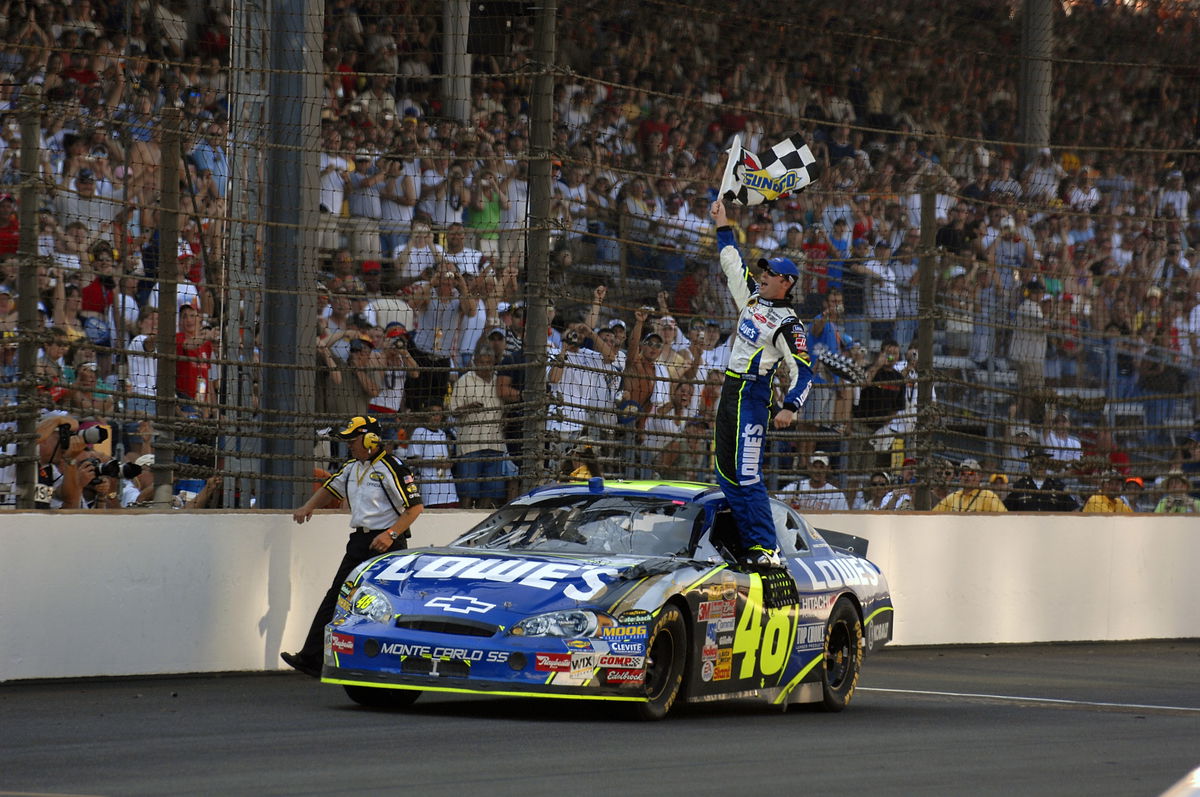
Imago
Via Hendrick Motorsports

Imago
Via Hendrick Motorsports
For years, fans have debated who was responsible for toning down the fiery personalities that once defined NASCAR. The sport had initially built its identity on clashes between drivers, with fiery classics like the legendary duels between Dale Earnhardt and Darrell Waltrip. But the sport slowly shifted toward a more polished image in the 1990s and 2000s. Many believed the change was pushed directly by NASCAR leadership. This was a move some critics felt diluted the sport’s character. That perception lingered for decades, until an esteemed NASCAR reporter recently shed new light on the issue with Dale Earnhardt Jr.
Watch What’s Trending Now!
Deb Williams, a Hall of Fame journalist, has covered NASCAR since the late 1970s. The reporter has witnessed these cultural shifts from inside the garage and the press box. A pioneer in her field, Williams has broken barriers for women in motorsports. She famously reported and chronicled milestone moments from Richard Petty’s 200th win to the rise of modern superteams. Speaking recently on The Dale Jr. Download, she reflected on her own past. In her story, she revealed the forces behind NASCAR’s “vanilla driver” era were not exactly who most people thought they were.
ADVERTISEMENT
The hidden hand behind “vanilla” NASCAR drivers
Williams recalled a moment when she herself had to correct her reporting. “It was when one time Brian France called me on it,” she told Dale Jr, referring to the former NASCAR CEO. “One time, I wrote about how NASCAR was trying to make the drivers vanilla. After I worked for a race team, I discovered it wasn’t NASCAR that was doing it. It was the sponsors that were doing it.” Her admission reframed a long-running assumption. In recent times, we’ve known a lot about how marketing pressures outweigh NASCAR’s own directives. By highlighting sales concerns, Williams pointed to the financial backbone of the sport as the true enforcer of image control.
Sponsors’ influence in NASCAR has always been significant. Billions have flown through team deals, race entitlement sponsorships, and broadcast partnerships. Williams explained why the image management happened. “(It was about) how the sponsors wanted their drivers to be because they were concerned about losing sales if their driver got into it with another driver or made someone mad.” This insight makes sense when viewed in the context of NASCAR’s dependence on Fortune 500 companies. Over 30 such corporations were team or series sponsors by the 2000s. For sponsors, driver feuds might entertain fans. But they carried the risk of alienating consumers. It was a corporate calculus that prioritized brand safety over the rough-edged personas that once defined the sport.
Williams’ revelation also highlighted the complex relationship between journalists, NASCAR leadership, and team insiders. She admitted that her misattribution to NASCAR rather than the sponsors came only after deeper exposure to team operations. The fact that a former CEO personally called her highlights the sensitivity of such claims in the sport’s ecosystem.
ADVERTISEMENT
Brian France called @DebWilliams72 on a story she put out. 📞😳
🎙️From The @DaleJr Download pic.twitter.com/gBORUbIHKw
— Dirty Mo Media (@DirtyMoMedia) September 6, 2025
Today, NASCAR has taken a step further in pursuing new markets, street races, and international partnerships. The influence of sponsors on driver image may likely grow stronger. With social media amplifying every rivalry and misstep, corporations remain cautious about the risks tied to their investments. Deb Williams’ whistleblowing serves as both a reminder of the past and a warning for the future. The tension between authenticity and sponsorship will continue to define how NASCAR drivers present themselves, and how fans perceive the sport’s soul.
ADVERTISEMENT
Top Stories
Dale Jr. Warns of Deeper Issues as Joe Gibbs Parts Ways With Decade-Long Executive
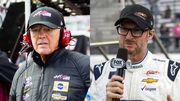
Chase Elliott’s Popularity Hits New Low as Dale Jr.’s Daytona 500 Return Triggers Record-Breaking Sale
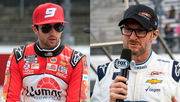
Concerned NASCAR Fans Raise Red Flags Over Safety Issues Ahead of the Daytona 500

NASCAR Faces Uncomfortable Reality as Grassroot Racing Series Rejects Its Formula, Claims Insider
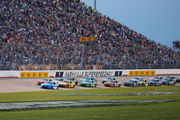
Exclusive: Mark Martin’s Career Philosophy in Both Racing and Life — “Never Lift”
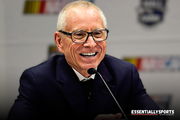
Veteran journalist honored with top NASCAR award
NASCAR has announced that Deb Williams, one of the sport’s pioneering journalists, will receive the 2026 Squier-Hall Award for NASCAR Media Excellence. The honor places Williams among a select group of media professionals. Her reporting has shaped the sport’s history since the award’s creation in 2013. Known for her barrier-breaking career, Williams was one of the first women to cover NASCAR on a full-time basis. She chronicled the sport’s defining moments for nearly five decades.
Williams began her career with United Press International in the late 1970s. She later spent 18 years with the NASCAR Winston Cup Scene, including a decade as editor. Her byline also appeared in USA Today, Autoweek, and Racing Today. NASCAR Chairman and CEO Jim France praised her contributions, saying her work “gave fans a deeper understanding of the people and passion inside the garage.” The recognition highlighted her role in elevating motorsports journalism during NASCAR’s expansion into the national spotlight.
ADVERTISEMENT
Her career has been marked by consistent excellence. Williams became the first woman to earn the American Motorsports Media Award of Excellence in 1990. She also won the NMPA’s Writer of the Year honor twice and captured the Russ Catlin Award in 2009. With the Squier-Hall Award, her name will now join other distinguished honorees enshrined in the NASCAR Hall of Fame’s media exhibit.
Williams will be formally recognized on January 23, 2026, during the NASCAR Hall of Fame induction ceremony in Charlotte. For many, her story is not only about journalistic achievement but also about breaking barriers for women in a male-dominated sport. As NASCAR continues to evolve, her recognition underscores the lasting impact of voices that tell the stories behind the speed.
ADVERTISEMENT
ADVERTISEMENT
ADVERTISEMENT

